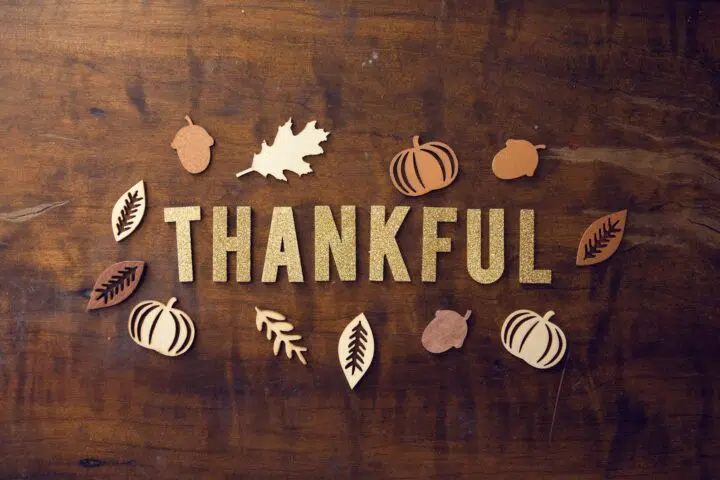I caught a snippet of Marketplace on NPR yesterday. They were interviewing a professional ballet dancer about her current earnings, and she said when she tells people she’s a dancer they ask, ‘What else do you do?’” She explained to the interviewer she’s in rehearsals from 9-6 every day, and performing and dancing is her full-time job.
I’m reading a powerful book called Steering by Starlight by Martha Beck in which she refers to a concept called “story fondling.” It basically means becoming attached to a hardship story we’ve told ourselves for a long time and experiencing some comfort or pleasure from keeping that story alive.
Are we, as a society, guilty of fondling the story that only a select few people get to be true professional artists and the rest are just dabblers or wannabes? Are we hanging on to the story that producing art is fun and therefore not real work? Are we reluctant to give up our belief that the only good story about artists must follow the rags-to-riches plot line?
When a writer, dancer, visual artist, or musician you’ve never heard of tells you that’s their job, do you question it? Do you wonder if they’re “one of those” who just sings in a bar for tips or sits in a coffee shop pecking a few words into a computer? Do you think of them entertaining themselves more than working?
Does your mind register the countless hours visual artists spend driving long distances to replenish their stock in galleries or the grueling daily workouts a dancer puts in? Do you recognize that a writer “hanging out” in a coffee shop is typing and deleting many, many words for many, many hours until she gets it right? When someone tells you they’re in the arts, do you picture someone working?
Probably not, because it’s not a romantic story, is it, to envision professional artists doing what everyone else does: updating our websites, shipping out orders, producing marketing videos to bring in more work. It’s definitely not a compelling story to picture us building our newsletters, doing our bookkeeping, or cleaning up our supplies. It’s slightly more romantic, but also less “worthy,” to imagine how much time we spend in quiet contemplation or playful imagination – the real tools of our trade. It may look like play, but it’s work.
Once an artist becomes famous enough, though, no one doubts they are “professional.” No one says to Tom Cruise, “What else do you do?” And once you become famous, no one questions how you spend your time. Everyone now accepts that long, leisurely walks in the woods were part of Mary Oliver’s process. That’s because the story society tells itself is that “real artists” (meaning those of whom we’ve heard) can “play” as much as they want as long as they produce good work.
Let’s be honest, though, we artists are also sometimes guilty of fondling those old hardship stories. Maybe we get a bit of pleasure from “straightening people out” by telling them exactly how hard we toil. Or we’re flattered when someone says, “Oh, you do this full-time, you must be very good.” Maybe, just maybe, we even get a little hooked on the pity we get when we tell people how undervalued we are.
We need to stop that. If we want society to treat us as professionals, if we want them to put true value to the work we do, if we want them to give us a seat at the table when they’re discussing wages, insurance, taxes, workplace safety, legal protection, and all the things that affect us and every other worker in America, we need to act like the professionals we are.
Many of our supporters do want to help society move away from the old harmful stories. “But it’s hard to know,” they tell me, “who is professional and who isn’t.” Is it though? Okay, here’s a primer.
Just like in any other field or industry:
Hobbyists: tend to lead with their other professions or identities first. They say things like, “I’m a stay-at-home dad and I also do some pottery” or “I work at a bank and I sometimes act at the local theater.”
Emerging/Part-time/Learning Artists: tend to lead with their goals. “I’m getting my MFA in writing while working at the bookstore” or “I’m an admin at a graphic arts firm, but I hope to illustrate picture books someday.”
Professional Artists: simply say it. If you ask, “What do you do for a living?” and someone says, “I’m a painter,” that means they’re a painter. Just like if they said, “I’m a plumber, or I’m a financial advisor, or I’m an accountant.”
Now maybe those people also do something else on the side. I know teachers, for example, who work in retail in the summer, but they’re not expected to mention that unless they want to. And if they do mention it, in your mind that makes them no less a teacher. Let’s have it be the same for artists. If we do happen to do something in addition to our art and we want to tell you about it, we will. But, in your mind, that should make us no less a professional artist.
So, let’s all of us – artists and society at large – agree we’re going to stop fondling the old hardship stories. Yes, we professional artists factor in employment numbers, and contribute to local economies, and buy and sell wares. We offer goods and services you need. We improve the quality of your lives. We teach and inspire. Like any other professional, we’ve put in our time and treasure to learn and grow. We should be judged by our skills, we should be hired for our unique abilities, and we should be fairly compensated for our time, talent, training, and skill.
What do we do for a living? We are artists. End of story.
If you like this post, please share and credit Teresa and Bursts of Brilliance for a Creative Life blog



